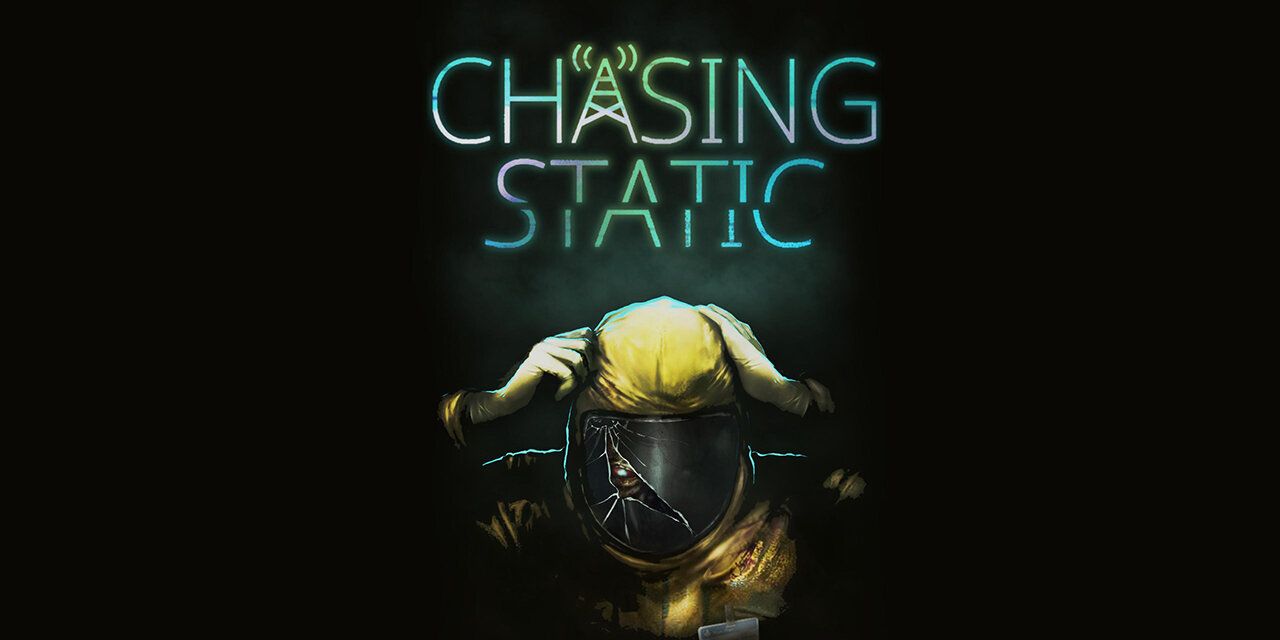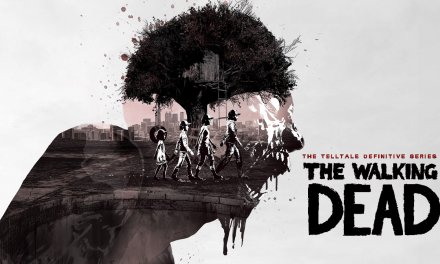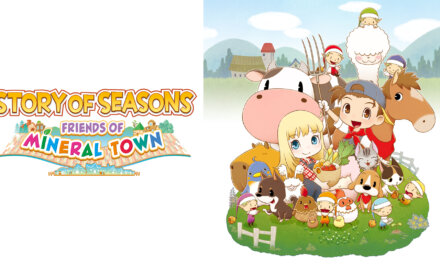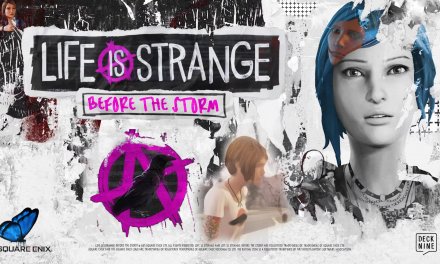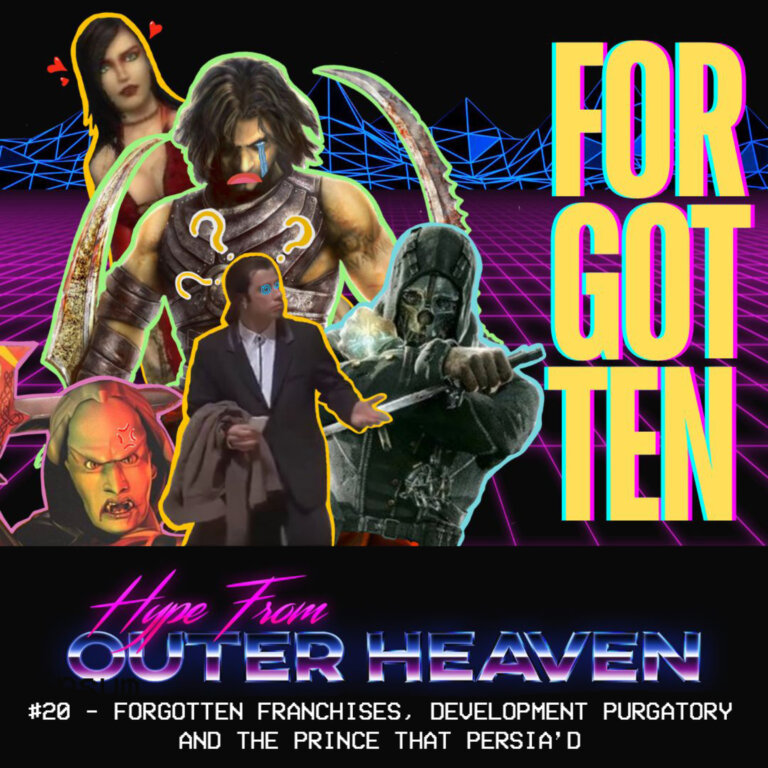“ Please Stand By…”
Hailing from Bristol, UK is homegrown, micro-indie studio: Headware Games with their first foray into the realm of horror with: Chasing Static, also known for their upcoming indie, survival horror title: Hollowbody. Chasing Static takes inspiration from 80’s Sci-Fi and Horror movies in terms of it’s aesthetic, opting for an almost PS1-esque visual palette, low-poly character models and environments, in the backdrop of a spooky and surreal psychological horror experience that is oozing nostalgia. Having released initially on Steam in October 2021, the game released across all major platforms on January 12th 2023, with Ratalaika Games SL handling the console ports. As usual I’ll be going over the time I spent with the game, detailing the good, deconstructing the bad, and ultimately discussing whether the game is worth your time and money at the £11.99 asking price (UK PSN Store, currently at £9.59 with a 20% discount if you’re subscribed to PlayStation Plus until the 3rd Feb).
Analogue technology and horror as a medium go hand in hand, in more ways than one would think. Whilst the rise of the digital age has seen technology such as vinyl records, VHS and Cassette Tapes fall by the wayside (unless you’re as massive hipster such as Moi) these particular media formats were the both the embodiment of the genre as well as placeholders for tropes within (There’s always a haunted video tape or record player in every cookie-cutter horror movie made today). The rise of horror movies on VHS (specifically direct-to-video) were one of the major reasons of their popularity in the UK, with the BBFC’s coveted ‘Video Nasties’ list, that ironically made the movies instant collector’s items, ushering in a new age of censorship, but also pushing the idea of what was going ‘too-far’ in terms of on-screen violence (an original VHS copy of Cannibal Ferox with the ‘banned in 31 countries’ logo can still fetch a pretty penny online). These days, analogue technology evokes a kind of nostalgia for an era that most of us boomer-millennials took for granted as kids; the age where going to the local Blockbusters and getting a tub of ice-cream and renting a movie for £10 seems like a sweet summer far-cry away from the convoluted, socio-political, cost-of-living hellscape that is modern-day England.
Retrowave (if you will) is all the rage at the moment, with music, film and video games all taking their own nostalgia and channelling it into creative works that harness that particular emotion, resulting in some of the most compelling works of art seen in recent years (staring lovingly at you Carpenter Brut). Headware Games (hailing from Bristol) understood this concept wholeheartedly when it came to developing their first game: Chasing Static, which acts as a lovechild of 80’s, grainy VHS horror and the formative years of horror in gaming from titles such as Silent Hill and Resident Evil on the original PlayStation. Chasing Static takes place in North Wales in the eerily creepy town of Hearth (ironic name as the place is neither warming nor inviting) and places you in the shoes of everyman: Chris Selwood (the irony isn’t lost on the fact that 70% of the game takes place in a forest) who following his father’s funeral is drawn to the area after reading an entry in his late parent’s journal. Upon arrival at the sleepy Last Stop Café (the clever names don’t stop here) it becomes apparent fast that something is amiss with the area; part supernatural phenomenon, part government coverup and conspiracy, Chris ends up down a path to restore balance to the area and contain the phenomenon that has taken hold, whilst simultaneously discovering the historic ties his family has to the area.
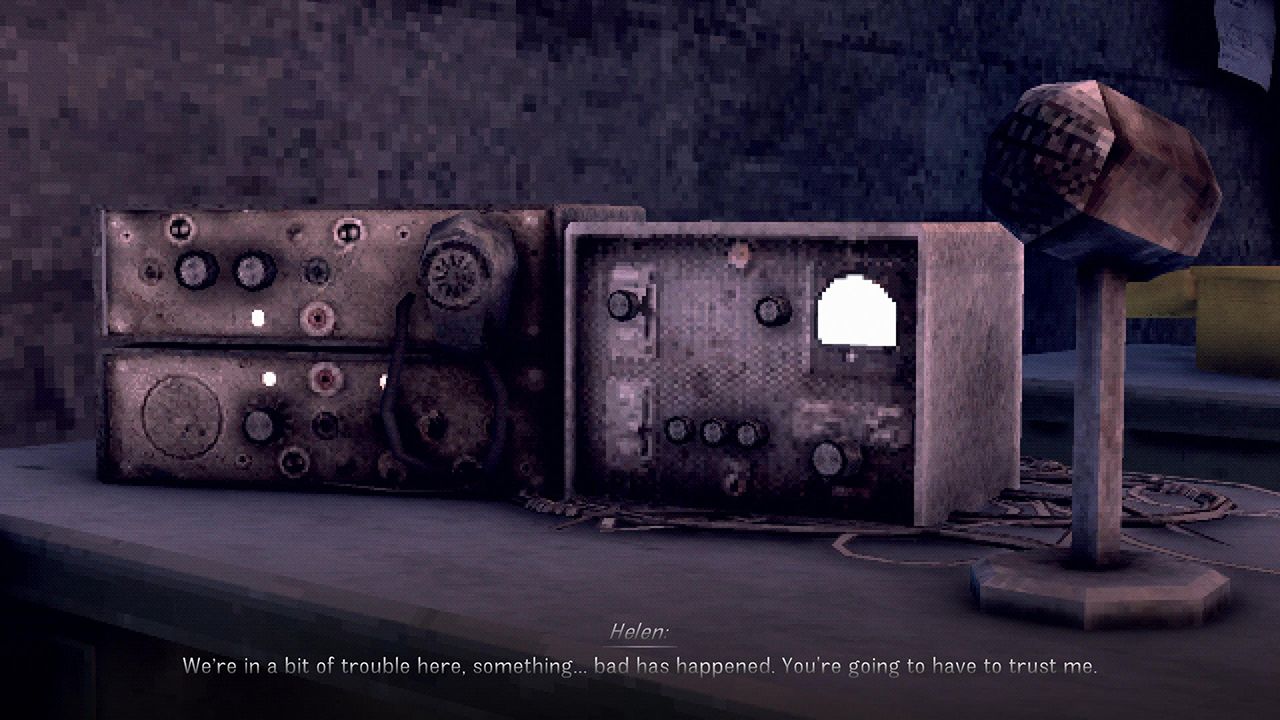
In terms of inspiration, Chasing Static sits somewhere between Twin Peaks and Silent Hill, with the visuals of the latter taking precedence. The game shines in it’s representation, offering low-poly environments with blocky, polygonal character models that bring makes the aesthetic style shine. From a gameplay perspective, the game plays very much like an early survival horror title with exploration, backtracking and simple, item-based puzzles (here we go with Cassette Tapes again) that hark back to Resident Evil and its ilk. One of the main means of exploring the environment is a piece of old timey (by today’s standards) equipment known as a “Frequency Displacement Monitoring Device” (FDMD for short) which allows Chris to track down ‘Echos’ which reveal events that took place in the past; short glimpses into the demise of certain people and even unlock progress/items required to progress, adding both context to the game’s story but also an integral means of pushing forward. In terms of the scare factor, Chasing Static makes use of an eerie score and disturbing soundscape that build tension and atmosphere rather than outright trying to frighten you, which definitely works in it’s favour. The vast majority of the time I spent traversing the woods of North Wales or the abandoned, quiet streets of Hearth I felt an unshakeable feeling of unease and tension, that is usually briefly relieved when the inevitable jumpscare pops up from out of a bin, but nothing of the sort happened here, which was an unfamiliar (yet welcome) experience, which definitely makes the game stand out. There are some ‘enemies’ in the game (I use the term loosely) which boil down to oddly shaped pieces of static that cause visual distortion, and will chase you around, but they can’t hurt you and disappear as soon as they catch you, which doesn’t really add anything to the game outside of those few seconds of initial panic.
In terms of performance, it shouldn’t have to be said that resolution isn’t really a factor when you’re playing a game that is made to look like a PS1 game; without question, the game also runs at a solid 60fps and suffers from no visible bugs or glitches, so in that respect it’s already more polished than most AAA games that see a release this day and age. Coming in at a whopping 486.3MB (I was astonished at how quickly it downloaded on my PS5) there’s obviously not a whole lot of game here, which can be off-putting for some. All in all, taking your time to explore (and not getting lost too much) you’re probably looking at around 2 hours in total, with very little to incentivise a second playthrough; with this in mind though, the game has been billed as a short story before release, so it’s best to keep that in mind if you don’t like games that stick around for about as long as it takes to make a Pot Noodle. While the game has excellent audio design (voice acting is pretty solid also) the size of the game’s levels can sometimes be more of a chore and are easy enough to get lost in; this is mitigated somewhat by a fast travel system through a VCR/Rotary telephone system that allows you to travel between the game’s key sites, but this is never explained, and can seem like an extremely vague puzzle at first, only further adding to the frustration.
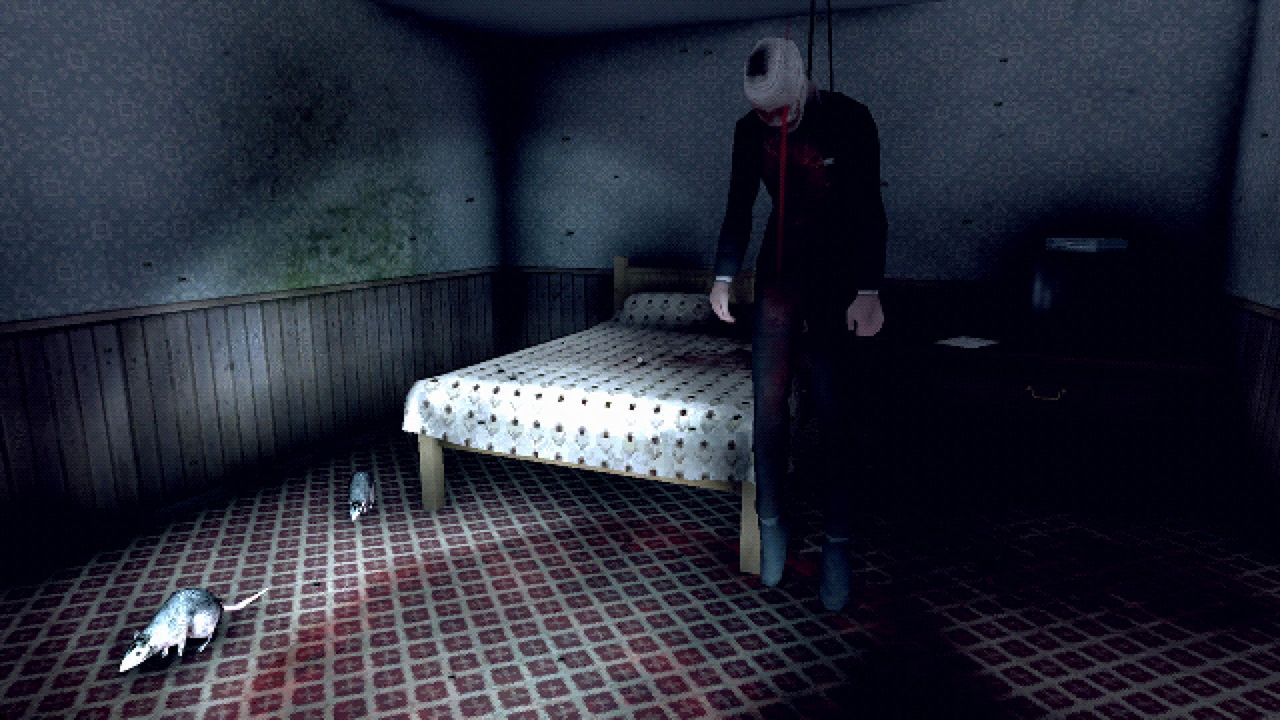
Overall, I enjoyed Chasing Static for the simplistic nature of it’s presentation, which is nothing short of a work of art, showcasing a visual style that I spent a lot of my youth engaged with. Whilst it certainly won’t be winning any awards in the narrative department, it’s gameplay and visual style are a clear labour of love from the developer, and is definitely worth the tenner to experience, doubly so if you pine for the nostalgic days of old.
A PlayStation 5 review code was provided by Stride PR.

